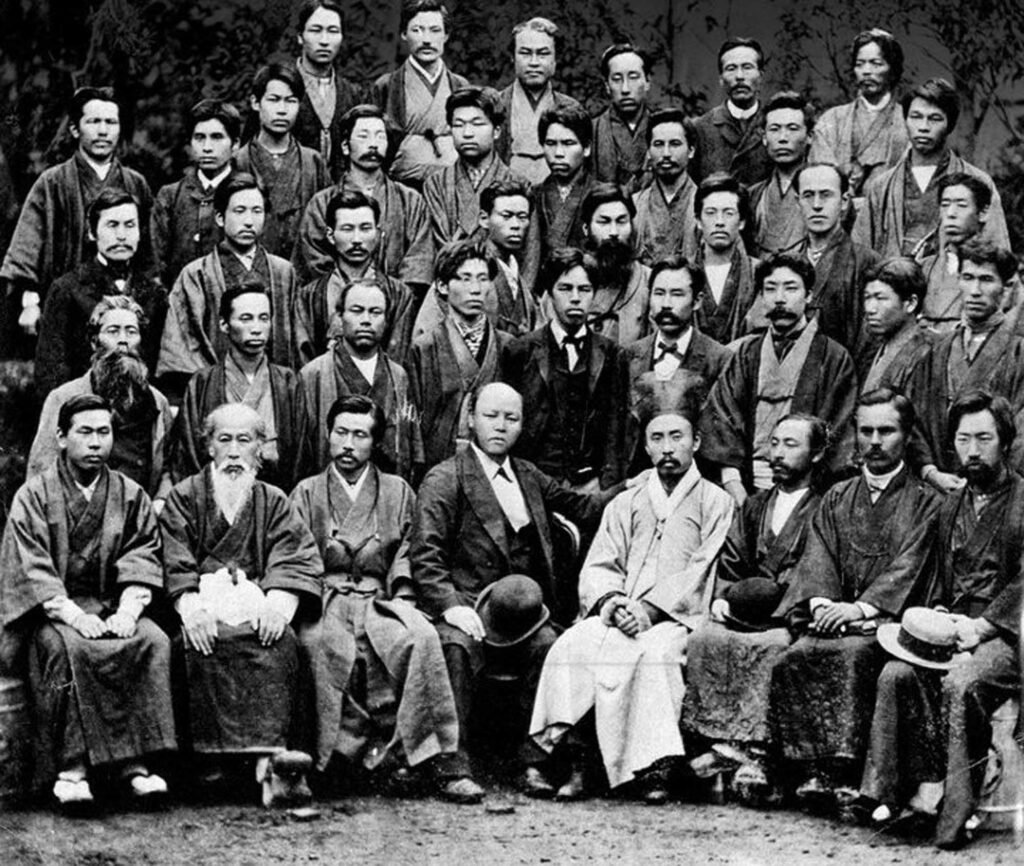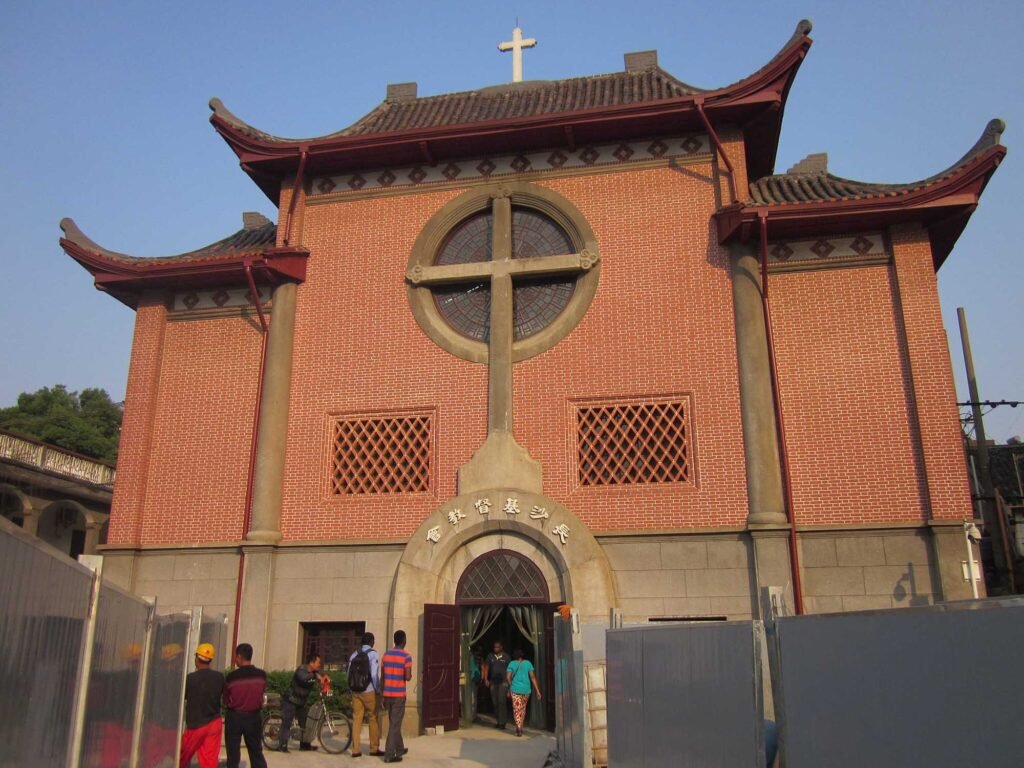The spread of Christianity in Asia has followed a fascinating path. From its early beginnings in the Middle East to its present-day challenges, the journey of Christianity in Asia is long and complex.
With over two billion followers worldwide, Christianity holds an esteemed place in countries across the globe. However, its association with the Western world often eclipses its profound influence in the East. We’ll try to trace the remarkable trajectory of Christianity in Asia, shedding light on its ancient foundations, notable milestones, and the ongoing struggles it faces today.
Despite its extensive spread throughout Asia, Christianity has faced notable challenges unique to the region. We’ll try to analyze factors that have hindered its expansion, including the presence of strong religious traditions such as Islam, Buddhism, and Hinduism. Also, we’ll explore the deep-rooted cultural and historical contexts that impacted the reception of Christianity.

The Early Spread of Christianity in Asia
Christianity originated in the Middle Eastern region of Judea. It quickly gained momentum and began its early spread throughout the region. From its center point in Judea, the faith expanded into neighboring countries such as Israel, Palestine, Lebanon, Jordan, Syria, and Cyprus. These territories became the cradle for the emergent Christian community as it gained followers and grew in influence.
During this period, the city of Antioch played a significant role in the propagation of Christianity. As a vital hub for the faith’s expansion into Asian territories, Antioch became a base for missionaries and a center for early Christian communities. The teachings of Jesus Christ and the efforts of apostles like Peter, Paul, Barnabas, Thaddaeus, Bartholomew, Simon, and Andrew resonated with the common people and fueled the rapid spread of Christianity.

The influence of these apostles reached far beyond Judea and its vicinity. Through their missionary activities, Christianity made notable inroads into Armenia, Georgia, Mesopotamia, Parthia, and possibly even India. These regions witnessed the transformative power of Christianity as local populations embraced the faith and established Christian communities.
Throughout this early phase of Christianity’s journey in Asia, missionaries tirelessly evangelized and forged connections with diverse cultures. Their efforts laid the foundation for a widespread presence of Christianity in Asia and set the stage for future developments.
However, it should be noted that as the faith traveled further eastward, encountering new territories and cultures, it experienced different levels of success. The spread itself caused unique challenges that shaped its trajectory. These complexities would come to define Christianity’s relationship with Asia in the centuries to come.

Christianity in China: From Nestorian Christians to Modern-Day Growth
China has a long and storied history of interaction with Christianity, dating back to ancient times. One significant chapter in this journey involves the arrival of Nestorian Christians, who migrated from Iraq to China. Historical evidence suggests that these early Christian communities made contact with Chinese society during the Tang Dynasty, which spanned from the 7th to the 10th centuries.
During this time, a priest named Alopen arrived in China in 635 AD. Despite facing opposition from local Buddhists and Daoists, Alopen successfully introduced Christianity to China and established its first known community within the country.
The spread of Christianity in China experienced periods of growth and challenges. Certain rulers were more accepting of the faith, while others posed obstacles. Notably, during the Mongol period, under leaders like Kublai Khan, Christianity experienced a revival as Mongol rulers displayed religious tolerance.

In later centuries, Catholic missionaries arrived in China and were surprised to find that Christianity had already taken root in several regions. The efforts of missionaries such as John of Monte Corvino, a Franciscan sent by Pope Nicholas IV during the Yuan Dynasty, played a significant role in solidifying and expanding Christianity in China.
Nevertheless, throughout China’s dynastic changes, Christianity faced periods of stagnation and persecution. The rise of the Ming Dynasty led to a decline in Christian influence and increased religious intolerance toward foreign practices.
Despite these challenges, Christianity continues to have a presence in modern-day China. It is estimated that there are approximately 20 million Christian adults in the country as of 2018. They currently represent around 2% of the population.
The Christian Influence in the Philippines: Spanish Colonization and American Missions
The Philippines holds a unique place in the spread of Christianity in Asia. Spanish colonization, which spanned nearly 400 years, played a vital role in shaping the religious landscape of the Philippines. Under Spanish rule, Catholicism became deeply entrenched in Philippine society.
Spanish missionaries embarked on a mission to convert the indigenous population to Christianity, establishing churches, schools, and religious institutions across the archipelago. As a result, Catholicism took root as the predominant faith within the country.

The enduring impact of Spanish colonization on the religious identity of the Filipino people cannot be overstated. Today, the Philippines boasts one of the largest Catholic populations in Asia, with a significant majority identifying as Roman Catholics. The strong Catholic presence is reflected in various aspects of Filipino culture, traditions, and celebrations.
In addition to Spanish influence, American missions during the colonial period further diversified Christianity in the Philippines. Protestant missionaries arrived, introducing various denominations and establishing their own churches and educational institutions. The efforts of these missionaries contributed to the growth of non-Catholic Christian communities throughout the country.
This pluralistic approach has shaped the religious landscape of the Philippines, with both Catholics and Protestants coexisting and practicing their respective faiths alongside indigenous belief systems that have managed to survive despite colonial influence.
Other Asian Nations: Christian Communities and Challenges
Beyond China and the Philippines, Christianity has also made its mark in other Asian nations, albeit to varying degrees. Here are some examples of several countries where Christian communities have flourished despite encountering serious challenges.
Taiwan: The Success of Presbyterian Missions
Taiwan, known for its vibrant cultural scene, has witnessed the growth of Christianity through the efforts of English and Canadian Presbyterians. These early missionaries brought their faith to the island and found notable success. Their efforts have resulted in a thriving Christian community that lives in Taiwan today.
Japan: Fluctuating Reception Across Centuries
Japan’s relationship with Christianity is a tale of contradictions. During the 16th century, Christianity experienced a period known as “the Christian century in Japan,” marked by a significant number of converts. However, this era of success came to an end with increased persecution and the eventual banning of Christianity. Despite this setback, small Christian communities persevered, and today, Japan still hosts a modest Christian population amidst the dominance of other religions.

Christian Communities Amidst Constraints in Southeast Asia
In several Southeast Asian countries such as Thailand, Myanmar, Sri Lanka, Indonesia, Cambodia, and Vietnam, Christianity has managed to establish small but important footholds. Limited missionary evangelism and historical contexts have influenced the growth and challenges faced by these Christian communities. Local dynamics, including the presence of Islam, Buddhism, Hinduism, and historical factors like colonization or repressive regimes, have shaped the reception of Christianity.
In these diverse nations, Christianity has encountered various obstacles to widespread expansion. Strong adherence to traditional religions and cultural practices have often made it difficult for Christianity to gain a substantial following. Additionally, the presence of dominant religions such as Islam and Buddhism has posed challenges in regions with deeply rooted religious traditions.
As we’ve seen, the spread of Christianity in Asia extends far beyond China and the Philippines. Its journey through countries like Taiwan, Japan, and Southeast Asian nations tells a story of growth, challenges, and resilience. In these countries, the spread of Christianity has been shaped by historical, cultural, and religious dynamics that have influenced its reception and presence. Still, Christian communities in these regions have showcased unwavering determination and resilience in preserving and practicing their faith.




Leave a Reply